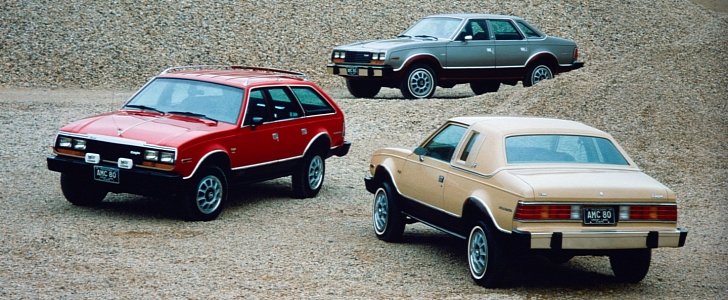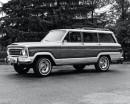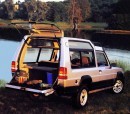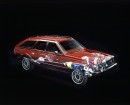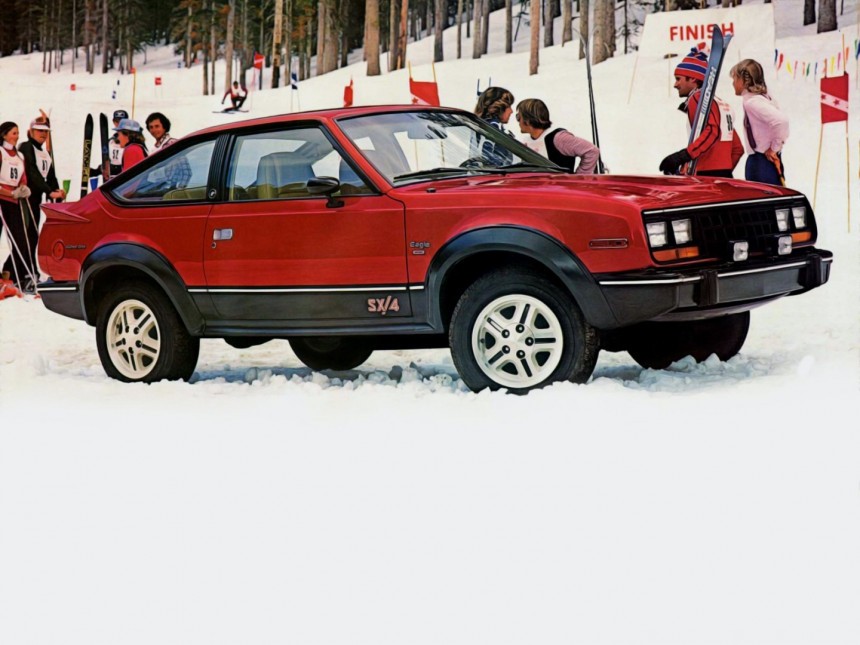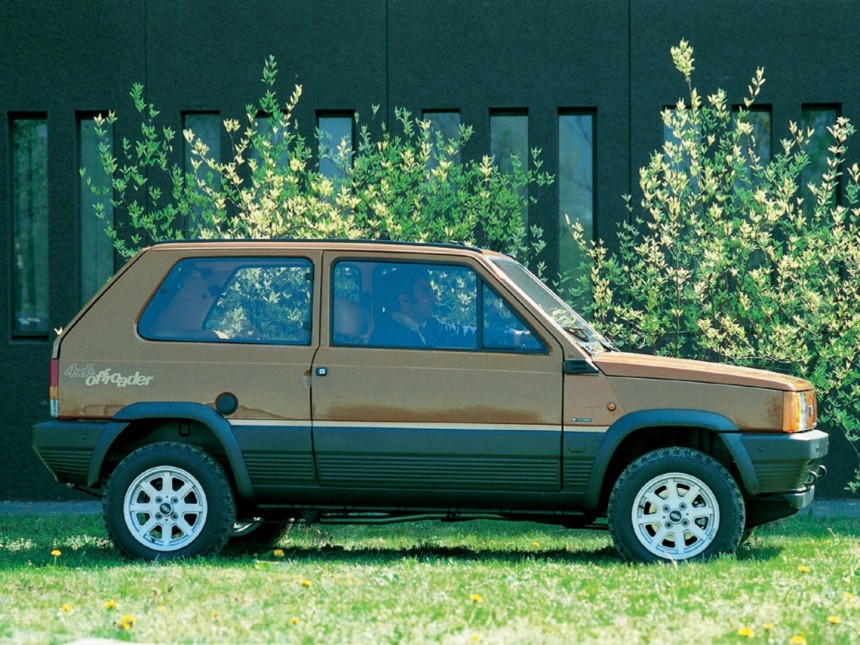Crossovers are selling like crazy, and their popularity just keeps increasing. Soon, we’ll probably pick up the phrase “selling like crossovers” because nothing in the automotive industry can match their ridiculously good sales performance.
Such high-riding vehicles became really popular in the mid-1990s, with models like the now commonplace Toyota RAV4 or Subaru Forester, and they really took off in the early-2000s. But the story of the regular car-based vehicle with a raised ride height goes back much further, immediately after the end of the Second World War.
In 1945, the Chrysler Corporation launched the Dodge Power Wagon, basically a small 4x4 vehicle based on military design concepts. Most of these were sold as pickup trucks, with a bed in the back, but some had what we’d now refer to a two-box body style (known as the Power Wagon Caryall), even if calling them that is a misnomer since their design was still a product of the Art Deco age, so they were rounded and streamlined.
But, in fairness, the Power Wagon Caryall, with its beefy truck chassis (and body-on-frame construction) was probably closer to what we would today call a proper SUV. Then again, back in those days, few cars had the monocoque construction we associate with modern (regular car-based) crossovers.
The Power Wagon Caryall was not especially comfortable and luxurious, and it wasn’t seen necessarily seen as a means to transport a family. That’s where the Jeep Wagoneer, introduced in 1962, came in. Jeep wanted to reach new audiences with this model, and it was marketed as a raised wagon (hence its name).
Jeep did also sell the Willys Jeep Station Wagon before the Wagoneer, from 1946 through 1964. However, just like the Dodge, it wasn’t all that comfortable and luxurious and it was only seen as a utilitarian, no-frills means of transporting people and some cargo over rough terrain.
When the Wagoneer came along, though, it had a much better appointed interior, three rows of seats and a notably more family-friendly image. It was such a huge hit, in fact, that it was manufactured all the way through 1991 - that’s a nearly 30-year production run.
Probably the most famous early crossover, and the one whose formula is closest to today’s models, is the AMC Eagle, built between 1980 and 1988 in several body styles. It even looks like a higher-riding regular car with wide fenders to accommodate wide tires and more wheel travel - the formula applied by pretty much all modern crossovers.
The Eagle was a fairly successful model, selling nearly 200,000 units from 1980 through 1988. To this day, the model is still seen as the missing link between proper off-roaders and the soft roaders that are so commonplace nowadays.
But early crossovers weren’t confined to the United States. European manufacturers were also in on the act... in their own unique way. Volkswagen, for instance, created the lifted, all-wheel drive version of its T3 people mover, called the Syncro, made between 1984 and 1992 in small numbers.
Another early Euro crossover is the Fiat Panda 4x4 and while it wasn’t a bespoke high-riding model, it did have higher suspension, permanent all-wheel (courtesy of Steyr-Puch from Austria) and the biggest engine available on the first-gen Panda. It could carry four people relatively comfortably and it was remarkably good off-road, thanks to its low weight and agility.
France also produced an early interpretation of what we today would call a crossover, in the form of the Matra Rancho. While clearly a pickup with an enlarged greenhouse where the bed would have been and only front-wheel drive, it was a rugged means of moving up to seven people, thanks to its high ground clearance and no-nonsense nature.
The Rancho, built between 1977 and 1984, with a nearly 58,000-strong production run, is credited as being one of European people carrier. However, I would argue that while it may be that, the fact that it sits higher off the ground yet it only comes with front-wheel drive, makes it a lot like today’s crossovers.
In 1945, the Chrysler Corporation launched the Dodge Power Wagon, basically a small 4x4 vehicle based on military design concepts. Most of these were sold as pickup trucks, with a bed in the back, but some had what we’d now refer to a two-box body style (known as the Power Wagon Caryall), even if calling them that is a misnomer since their design was still a product of the Art Deco age, so they were rounded and streamlined.
But, in fairness, the Power Wagon Caryall, with its beefy truck chassis (and body-on-frame construction) was probably closer to what we would today call a proper SUV. Then again, back in those days, few cars had the monocoque construction we associate with modern (regular car-based) crossovers.
Jeep did also sell the Willys Jeep Station Wagon before the Wagoneer, from 1946 through 1964. However, just like the Dodge, it wasn’t all that comfortable and luxurious and it was only seen as a utilitarian, no-frills means of transporting people and some cargo over rough terrain.
When the Wagoneer came along, though, it had a much better appointed interior, three rows of seats and a notably more family-friendly image. It was such a huge hit, in fact, that it was manufactured all the way through 1991 - that’s a nearly 30-year production run.
The Eagle was a fairly successful model, selling nearly 200,000 units from 1980 through 1988. To this day, the model is still seen as the missing link between proper off-roaders and the soft roaders that are so commonplace nowadays.
But early crossovers weren’t confined to the United States. European manufacturers were also in on the act... in their own unique way. Volkswagen, for instance, created the lifted, all-wheel drive version of its T3 people mover, called the Syncro, made between 1984 and 1992 in small numbers.
France also produced an early interpretation of what we today would call a crossover, in the form of the Matra Rancho. While clearly a pickup with an enlarged greenhouse where the bed would have been and only front-wheel drive, it was a rugged means of moving up to seven people, thanks to its high ground clearance and no-nonsense nature.
The Rancho, built between 1977 and 1984, with a nearly 58,000-strong production run, is credited as being one of European people carrier. However, I would argue that while it may be that, the fact that it sits higher off the ground yet it only comes with front-wheel drive, makes it a lot like today’s crossovers.
